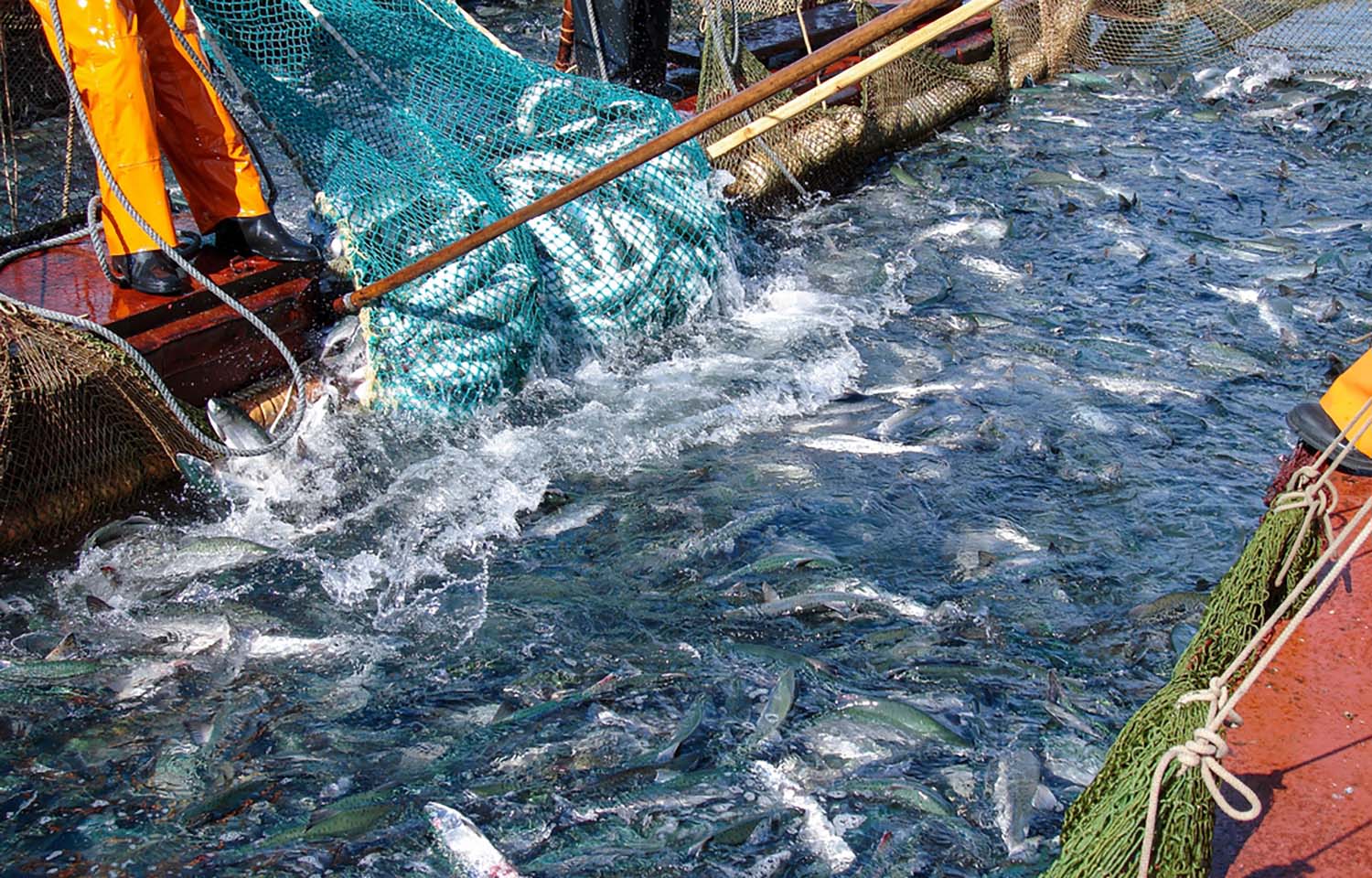The global supply of salmonids increased 7 percent year over year in 2023 to 5.2 million metric tons (MT) whole fish equivalent (WFE), with Kontali Senior Financial Analyst Filip Szczesny attributing the rise to solid wild catch in North America and Russia, rather than larger aquaculture volumes.
According to Szczesny farmed salmonid production actually slipped by around 1 percent last year, and despite regional variances, the total Atlantic salmon harvest fell by 2 percent, ending up at less than 2.8 million MT WFE. By country farmed production decreases were seen in Norway, the Faroe Islands, the U.K., and Canada, while Chile was the industry’s only real “positive player” in 2023.
“Norway – the biggest production region – had a decrease of 2.5 percent, while Chile had an increase of 2 percent. But, this didn’t really compensate for the decrease in Norway and other regions,” Szczesny said. “It’s also worth mentioning that Canada saw a significant 17 percent decrease.”
The Canadian drop was mainly due to political issues and nonprofit opposition to salmon farming, he said.
“That [backlash] has been going on for several years now, especially on the west coast of Canada. It’s a jurisdiction where it’s hard to do salmon farming, and this is why we’ve had such a big decrease,” Szczesny said.
Chile, though, saw more favorable conditions and posted a solid harvest in 2023. Citing Kontali’s newly released “Salmon World 2024” report, Szczesny pointed out that Chile’s value chain has steadily grown and improved in recent years, especially regarding the ongrowing and processing stages.
This analysis found the South American country produced 752,000 MT of HOG Atlantic salmon last year, along with 284,000 MT of coho salmon and 56,000 MT of trout. It also determined that the nation’s value chain – incorporating hatchery, ongrowing, transport, processing and sales, and distribution to markets – was worth USD 7.15 billion (EUR 6.7 billion) in 2023.
That trend has not seemed to carry over into 2024 …








